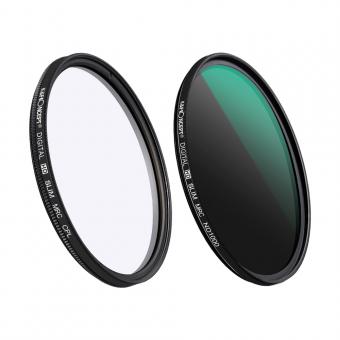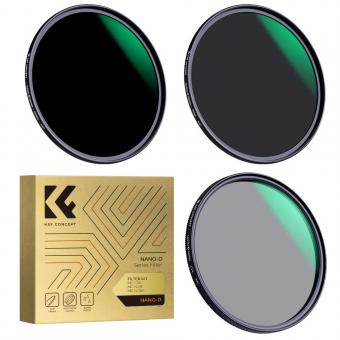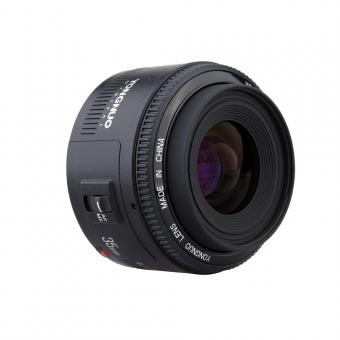How Many Different Microscopes Are There ?
There are several different types of microscopes, including optical microscopes, electron microscopes, scanning probe microscopes, and confocal microscopes, among others. Each type of microscope has its own unique features and capabilities, allowing scientists to observe and study different aspects of the microscopic world.
1、 Optical microscopes
There are several different types of microscopes available for scientific research and observation, but when it comes to optical microscopes, there are numerous variations that cater to different needs and applications. Optical microscopes use visible light and lenses to magnify and observe samples. These microscopes have been a fundamental tool in scientific research for centuries, and their design and capabilities have evolved over time.
It is difficult to provide an exact number of different optical microscopes available, as new models are constantly being developed and existing ones are being improved. However, it is safe to say that there are a wide variety of optical microscopes to choose from, each with its own unique features and advantages.
Some common types of optical microscopes include compound microscopes, stereo microscopes, polarizing microscopes, fluorescence microscopes, and confocal microscopes. Compound microscopes are the most commonly used and are suitable for observing small, transparent samples. Stereo microscopes, on the other hand, provide a three-dimensional view and are often used for dissection or examining larger objects.
Polarizing microscopes are designed to analyze the optical properties of materials, while fluorescence microscopes use fluorescent dyes to observe specific structures or molecules within a sample. Confocal microscopes use laser scanning technology to create high-resolution, three-dimensional images of samples.
In recent years, there have been advancements in optical microscopy techniques, such as super-resolution microscopy, which allows for imaging beyond the diffraction limit of light. This breakthrough has opened up new possibilities for studying cellular structures and processes at a nanoscale level.
In conclusion, while it is challenging to provide an exact number, there are numerous different types of optical microscopes available, each with its own specific applications and capabilities. The field of optical microscopy continues to evolve, with new technologies and techniques constantly being developed to enhance our understanding of the microscopic world.
2、 Electron microscopes
There are several different types of microscopes available for scientific research and observation, each with its own unique capabilities and applications. One of the most powerful and widely used types of microscopes is the electron microscope. Electron microscopes use a beam of electrons instead of light to magnify and visualize samples, allowing for incredibly high-resolution imaging.
There are two main types of electron microscopes: transmission electron microscopes (TEM) and scanning electron microscopes (SEM). TEMs are used to study the internal structure of samples by transmitting electrons through the specimen, while SEMs provide detailed surface imaging by scanning a focused electron beam across the sample.
Within these two main categories, there are various subtypes and specialized electron microscopes. For example, there are environmental scanning electron microscopes (ESEM) that can operate in a controlled environment, allowing for the observation of samples in their natural state. There are also scanning transmission electron microscopes (STEM) that combine the capabilities of both TEM and SEM, providing high-resolution imaging and elemental analysis.
In recent years, advancements in electron microscopy have led to the development of new techniques and instruments. For instance, aberration-corrected electron microscopes have significantly improved the resolution and image quality, allowing researchers to observe samples at the atomic level. Cryo-electron microscopy (cryo-EM) has also gained prominence, enabling the imaging of biological samples in their native, frozen state.
Overall, while there are various types and subtypes of electron microscopes, the exact number of different models available is difficult to determine. The field of electron microscopy is constantly evolving, with new technologies and techniques being developed to push the boundaries of what can be observed and understood at the microscopic level.
3、 Scanning probe microscopes
There are several different types of microscopes used in scientific research and various fields of study. One specific type of microscope is the Scanning Probe Microscope (SPM). SPMs are a family of instruments that allow scientists to observe and manipulate materials at the nanoscale level. They are widely used in fields such as physics, chemistry, materials science, and biology.
The term "Scanning Probe Microscope" is an umbrella term that encompasses several different techniques, each with its own variations and capabilities. Some of the most common types of SPMs include Atomic Force Microscopes (AFMs), Scanning Tunneling Microscopes (STMs), and Magnetic Force Microscopes (MFMs). Each of these techniques has its own unique way of probing and imaging materials at the atomic and molecular level.
It is difficult to provide an exact number of how many different types of SPMs exist, as new variations and improvements are constantly being developed. However, it is safe to say that there are numerous different SPM configurations available, each tailored to specific research needs and applications.
In recent years, there have been advancements in SPM technology, such as the development of high-speed AFMs, which allow for faster imaging and manipulation of samples. Additionally, there have been efforts to combine SPM techniques with other imaging modalities, such as optical microscopy, to provide complementary information about the sample.
Overall, the field of Scanning Probe Microscopy is a rapidly evolving one, with new techniques and improvements being introduced regularly. The exact number of different SPM configurations may be difficult to determine, but it is clear that there is a wide range of options available to scientists and researchers in this field.
4、 Confocal microscopes
Confocal microscopes are a type of advanced optical microscope that have revolutionized the field of microscopy. They offer high-resolution imaging capabilities and the ability to capture three-dimensional images of specimens with exceptional clarity. These microscopes have become an essential tool in various scientific disciplines, including biology, medicine, materials science, and nanotechnology.
When it comes to the number of different confocal microscopes available, it is challenging to provide an exact figure. The market for confocal microscopes is constantly evolving, with new models and variations being introduced regularly. Different manufacturers offer a range of confocal microscopes, each with its own unique features and specifications.
Some of the leading manufacturers of confocal microscopes include Nikon, Leica, Zeiss, Olympus, and Bruker. Each of these companies produces multiple models of confocal microscopes, catering to different research needs and budgets. These microscopes may vary in terms of imaging capabilities, resolution, speed, laser options, and software features.
Furthermore, advancements in technology have led to the development of specialized confocal microscopes for specific applications. For example, there are confocal microscopes designed for live-cell imaging, super-resolution imaging, and multiphoton imaging. These specialized microscopes offer enhanced capabilities and are tailored to meet the specific requirements of researchers in those fields.
In recent years, there has been a growing trend towards the integration of confocal microscopy with other imaging techniques, such as fluorescence lifetime imaging microscopy (FLIM) and stimulated emission depletion (STED) microscopy. This integration allows researchers to obtain more comprehensive and detailed information about their samples.
In conclusion, it is difficult to provide an exact number of different confocal microscopes available due to the constantly evolving market and the range of models offered by various manufacturers. However, it is safe to say that there are numerous options to choose from, each with its own unique features and capabilities. Researchers can select a confocal microscope that best suits their specific imaging needs and research goals.





































